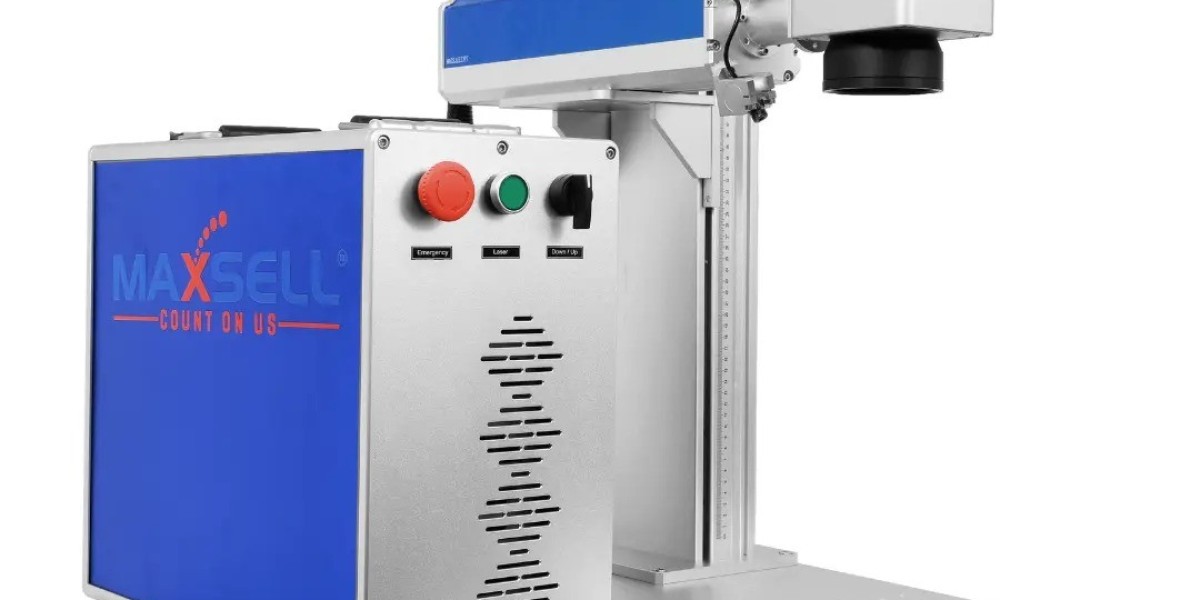Choosing the right Fiber Laser Marking Machine can significantly impact your production efficiency, marking quality, and long-term operational costs. Whether you are in the metal processing industry, electronics manufacturing, medical device production, or automotive sector, selecting a machine with the right specifications is crucial. With a wide range of models and technologies available in the market, understanding what features matter most can help you make an informed investment. Here are the key features to look for in a fiber laser marking solution.
Power and Wavelength Specifications
One of the most critical aspects of any laser marking machine is its laser power and wavelength. Depending on the material you intend to mark—such as stainless steel, aluminum, brass, plastic, or ceramics—the power level needs to be appropriately matched. Most industrial-grade machines offer power ranging from 20W to 100W or higher. The higher the wattage, the deeper and faster the marking. However, it’s not always about power; efficiency also depends on how well the wavelength suits the target material. Fiber lasers typically operate at a wavelength of around 1064 nm, which is ideal for marking metals and certain hard plastics.
High-Speed Marking Capabilities
In production environments, speed is as important as quality. A machine that delivers high-speed marking without compromising accuracy can greatly enhance your throughput. Look for machines that use advanced galvanometer scanning systems, which allow the laser beam to move swiftly and precisely across the marking area. High-speed operation becomes especially useful when dealing with large production volumes or batch marking.
Marking Precision and Quality
Precision is a non-negotiable factor, especially in industries that require intricate designs, logos, serial numbers, QR codes, or micro-texts. A high-quality fiber laser marker should offer excellent resolution and repeatability. This means that even at high speeds, the marking remains sharp, consistent, and durable. Machines with high-quality lenses and stable beam delivery systems generally provide better outcomes, especially when working on small parts or detailed graphics.
Versatile Material Compatibility
Another vital feature to consider is the machine's compatibility with different materials. The best fiber laser marking systems can handle a wide range of substrates including metals like aluminum, copper, stainless steel, titanium, and non-metals like certain plastics and composites. If your production line involves multiple types of materials, ensure the machine is versatile enough to handle them without needing extensive recalibration or equipment changes.
Software Integration and Usability
The software interface plays a significant role in operational ease and marking precision. Look for systems that come with user-friendly software that supports popular file formats (like DXF, BMP, PLT, AI) and offers customization features like font selection, logo import, and barcode generation. Good software should also allow for real-time previews, parameter adjustments, and easy connectivity to your production line via USB or Ethernet.
Cooling System and Maintenance
Laser marking machines generate heat, which, if not managed properly, can affect performance and lifespan. Machines with efficient air or water cooling systems ensure that internal components remain within optimal operating temperatures. Moreover, low-maintenance designs that require minimal consumables and infrequent servicing are always a better long-term investment.
Compact Design and Build Quality
For industries with limited space or mobile workstations, compact and lightweight machines are highly desirable. However, size should not compromise durability. Opt for machines made from high-quality components and enclosures that can withstand continuous use in industrial environments. Portability can be an added advantage if you require the flexibility to move the machine across departments or job sites.
Safety and Compliance
Safety should always be a priority. Check whether the fiber laser marking machine adheres to international safety standards such as CE or FDA certifications. Protective covers, emergency stop buttons, and warning systems are features that not only protect operators but also ensure compliance with regulatory requirements.
Conclusion
Investing in the right fiber laser marking solution means looking beyond just price. Power, speed, accuracy, software compatibility, and build quality all play essential roles in determining how well the machine fits your specific needs. A well-chosen Fiber Laser Marking Machine not only boosts productivity but also delivers consistent, high-quality results across various materials. Make sure to evaluate your requirements carefully and choose a machine that aligns with your operational goals.








